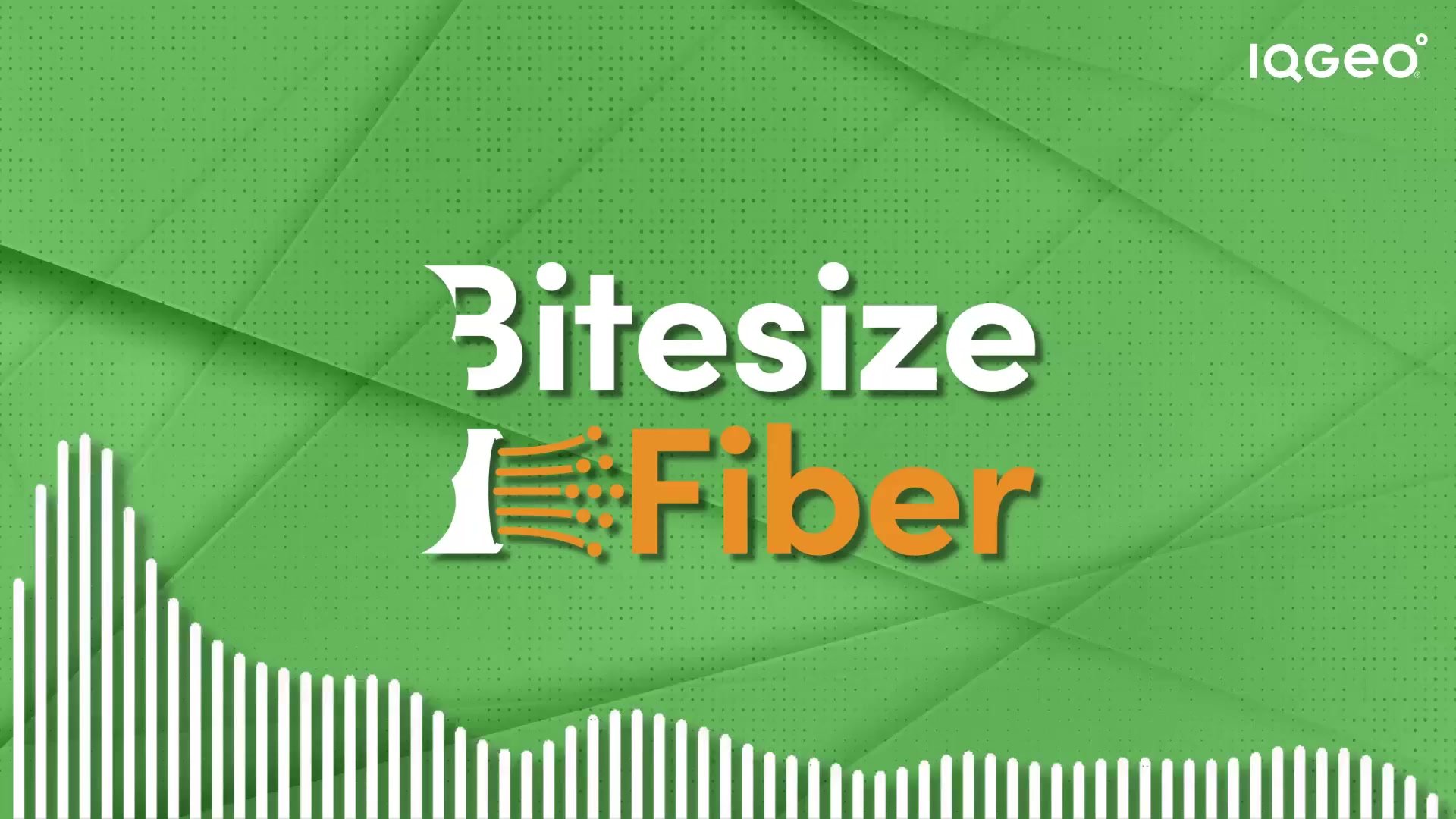Communities can deploy municipal networks in several ways and the best path forward depends on a number of factors, including population density, ISP presence, available resources, and community goals.
Today, there are five main municipal network design approaches:
- Full service
- Open access
- Dark fiber
- Incremental expansion
- Private-public partnership
Each of these models comes with its own advantages and disadvantages. Let’s dive in.
Full-service
In the full-service model, communities function very similarly to how private ISPs do. They offer services, such as TV, internet, and phone, directly to residents and businesses. Cities that choose to deploy the full-service model often already have municipal electric utilities and hold all accountability for a network’s success.
Currently, this is the most popular approach for city networks. Chattanooga, Tennessee, a city with one of the best performing municipal networks in the country, is an example of a community that deploys the full-service model well. In Oregon, the city of Sandy also offers a full suite of telecom services to its residents through SandyNet.
Open access
Cities that take the open access approach build out their own fiber networks and then lease capacity to independent internet service providers. Communities install all physical elements, including fiber cables, access points, and hardware. With open access networks, cities are responsible for overseeing operations while ISPs compete for customers.
Participating providers share a common infrastructure and are incentivized to innovate in order to attract the most subscribers. They can purchase access to the network via wholesale pricing and then have flexibility over which services they offer. Some of the most successful open access networks include UTOPIA in Utah and Ammon, Idaho’s fiber network.
Dark fiber
In dark fiber municipal networks, cities install fiber optic cables without any of the complementary electronic components needed to light up the network. Instead, they lease capacity to ISPs who are then responsible for getting the network up and running. Operational oversight shifts away from cities to ISPs, but communities still own the underlying infrastructure.
Cities choose to go the dark fiber route to simplify network operations while still retaining some influence over how residents and businesses are served. One downside of dark fiber networks is that they can scare ISPs away from participating in networks as they do require a higher upfront investment. One of the best examples of the dark fiber approach can be found in Stockholm, Sweden where 90% of all buildings receive fiber broadband services. Overall, government-sponsored open access fiber serves 94% of the population across the country.
Incremental expansion
Many cities also choose to roll out municipal fiber networks in smaller steps, rather than all at once. With this model, it is common for cities to begin with key institutions, such as schools, service departments, and libraries. Once a core infrastructure is established, the community will slowly expand the network to private residences and businesses.
Over time, the municipal network grows through a blend of the other models described in this article. Santa Monica, California is an example of a city that took this approach and expanded its network over more than a decade.
Private-public partnerships
The last common approach that cities take when deploying public networks is the private-public partnership approach. Through this model, cities often work with an exclusive partner to build out the fiber infrastructure, set performance expectations, and operate the municipal network. Both the city and the ISP share responsibility for the success and failure of the network.
This approach is growing in popularity. One example of an effective private-public partnership can be found in Westminster, Maryland between the city and wireless provider, Ting.
There is no one size fits all
When it comes to municipal networks, there is no single model that works best across all communities. Broadband needs differ widely across the country. Demographic characteristics also play a big role in determining which deployment approach would be most effective in a given city.
As an operator, understanding these methods can be helpful when it comes to serving municipal clients. With this article, you are well on your way to building a strong knowledge base!
We offer our fiber network management software in three editions to meet the needs of any fiber operator, regardless of size or scope. Explore Network Manager Telecom and choose the right edition for your needs and future growth.
Similar articles:


 Previous
Previous







